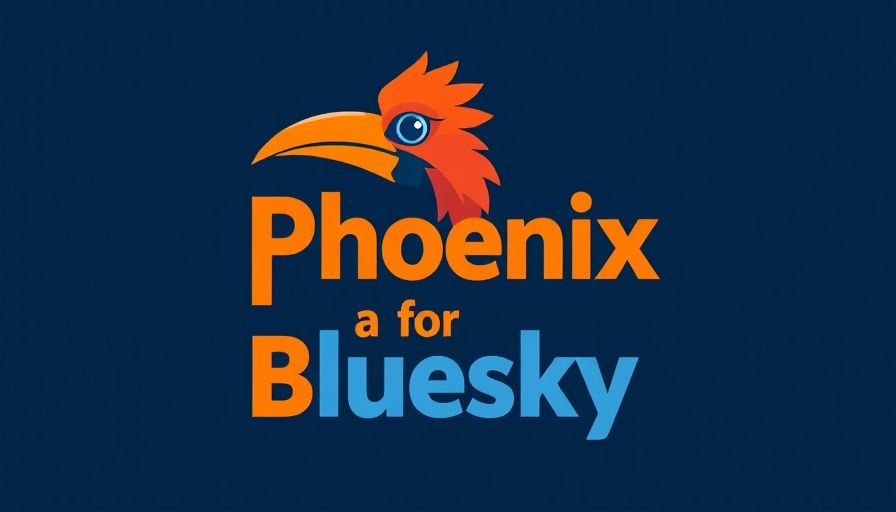
Tapbots Expands Horizons with Phoenix: A New Bluesky App
In a bold move indicating its commitment to growth, Tapbots has teased the upcoming launch of Phoenix, a new app designed specifically for Bluesky's rapidly growing ecosystem, which boasts over 32 million users. The company, known for its successful Mastodon client, Ivory, confirmed that while it continues to support the fediverse—an open ecosystem allowing decentralized social interactions—its focus is now widening to include Bluesky, following a projected shift in user preferences.
The Need for Diversification in Social Media
Amidst changes in social media dynamics, with many users migrating from Twitter to alternatives like Bluesky and Mastodon, Tapbots recognizes that relying solely on Mastodon for revenue generation is unsustainable. As articulated succinctly on their website, "For us to continue to thrive as a company, we must support both." This sentiment reflects a broader trend where companies must adapt to evolving user demands and platform potentials, especially in the unpredictable landscape reshaped by recent high-profile social network acquisitions and migrations.
Phoenix: More than Just a Client App
Phoenix aims to provide a distinct experience compared to other offerings by utilizing the AT Protocol, which differentiates it from Bluesky’s competition. Importantly, Tapbots plans to roll out a cross-posting feature, enabling users to enhance their presence across both Bluesky and Mastodon without losing engagement on either platform. This strategic integration seeks to address the diverse needs of users who may still find value in multiple social environments.
Implications for Healthcare IT Professionals
For healthcare IT professionals, the implications of these developments in social media technology are profound. As communication tools evolve, integrating features like those planned for Phoenix can encourage better engagement within healthcare communities—whether it be forums for telemedicine discussions, user awareness about health tech innovations, or provider collaboration across disciplines. The technological advancements we see in social media can serve as a model for healthcare applications, advocating for decentralized communication among providers, patients, and technology specialists.
Looking Ahead: Future Impact
The limited public alpha phase of Phoenix will allow users to preview its features and provide feedback, setting the stage for an impactful launch this summer. As healthcare continues to ride the wave of digital transformation, solutions like Phoenix can potentially enhance the way information is shared and communities are built—laying the groundwork for richer, more interactive engagement in various sectors beyond social media.
In conclusion, as Phoenix prepares to launch, healthcare IT professionals and providers should keep an eye on how emerging technologies can be integrated into their practices. The movement towards innovative communication solutions is a trend that can alter the landscape of patient and provider interactions positively. To stay ahead, consider exploring how such advancements can be effectively harnessed in your own organizational strategy.
 Add Row
Add Row  Add
Add 




Write A Comment